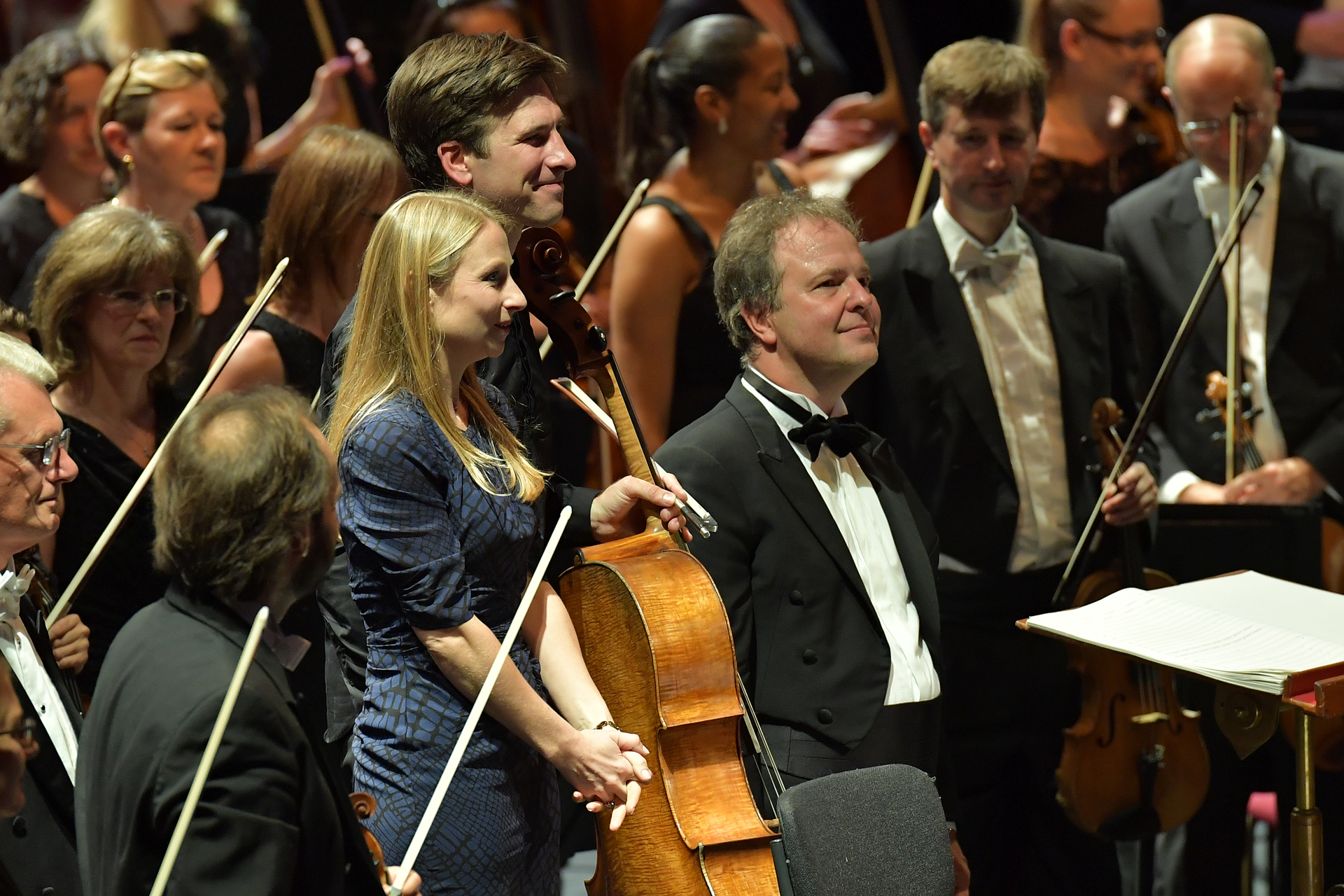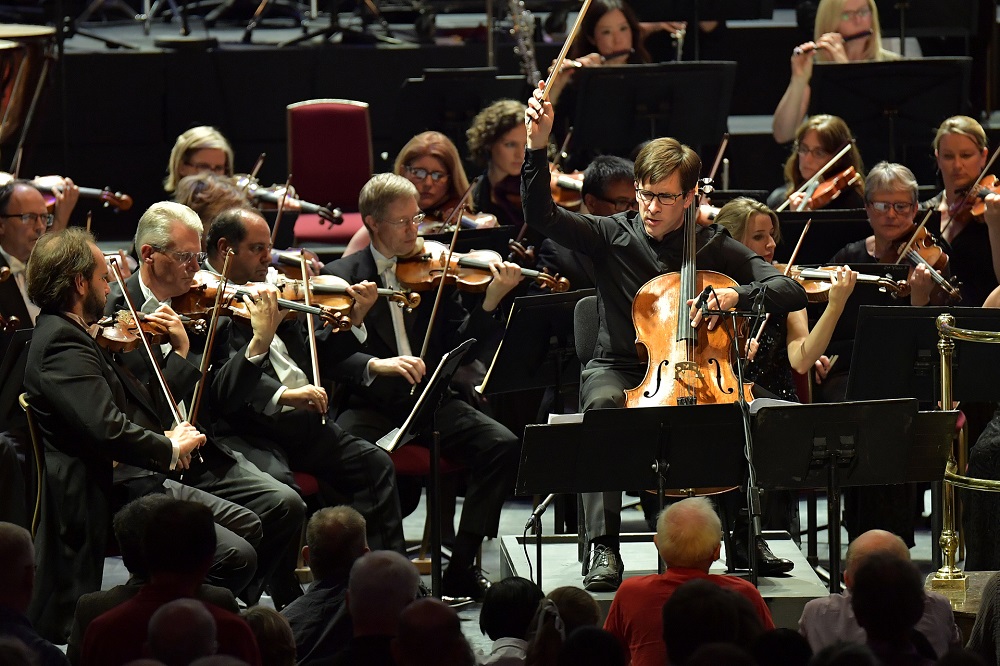The mid-way point of the BBC Proms has just passed. Attention during the eight-week season will inevitably tend to gravitate towards the novelties, “events” and one-offs, but one pre-condition for the summer to be going well is that the Proms' backbone ensemble, the BBC Symphony Orchestra, which plays no fewer than 12 of the concerts, has to be on good form. Ideally, they should be playing well across a wide range of repertoire, they should be getting full or nearly full houses, and their relationship with their principal conductor should be positive and productive. On the evidence of last night, they were, they did – and it is.
The main work on offer, Mahler’s Fifth Symphony, showed the orchestra in all departments thriving under Sakari Oramo’s direction in the core repertoire which fits – and also fills – the hall. Oramo’s reading of the work was a delight. He constantly brought out its shape and organic, natural flow. He didn’t overdo the grand guignol or the more depressive side; attention was placed above all on order and beauty.
Serenity and elegance are clearly to be found in the famous Adagietto, which received an exquisitely shaped performance, but Oramo was also finding such traits in far less obvious places. In the second, “stormy” movement, it was – unusually – the two lyrical sections near the beginning and at the end which really stood out. The molto cantando cello melody with its rising minor sixths gave the section led by Susan Monks the chance to shine and they absolutely took it, playing from front desk to back desk as a proper unified ensemble.
In Mahler’s typically long lines, Oramo is constantly encouraging, asking for more from the orchestra, and getting back exactly what he wants from soloists and whole sections. One typically generous, inviting Oramo gesture is to punch empty air on the beat before a cue, which gives the entering soloist a precise springboard to work from, and ensures precision, confidence and characterful playing every time. He used it to great effect, for example, in the cues for trumpet, for horn, and for the flutes in the closing, fading section of that second movement. The wonderful clarity of the Oramo upbeat was bringing back very happy memories of the late Colin Davis and his stewardship of this same orchestra almost half a century ago.
The composer also knows the cello well, having initially entered Birmingham Conservatoire as a student on the instrument. The main problem – from where I sat – was that cello soloist Guy Johnston’s busy part (the cellist, pictured below), full of argument and complexity was completely inaudible in the hall for long sections of the work. The work was described in the composer's programme note as “an abstract reflection on the situation [in Syria] and on conflict in its wider sense”. The only message I was getting was that reasoned argument will be shouted down by people (a 12-member brass section playing at full tilt, for example) who might have less sophisticated arguments but can simply shout louder. 
This is one of those Haydn symphonies in which every member of the first violin section needs to step forward and be counted, and carry the melodic line. Full marks all round, they came across as a proper section throughout. The lone bassoon in the Haydn, unnamed in the programme and presumably a late replacement, also made her highly effective and unobtrusive contributions to the texture. Orchestra and conductor fully deserved the vociferous applause lasting several minutes which they received at the end of the evening.














Add comment